Here are brief bios of the artists, composers, and writers considered in the class, listed in order of birth.
An alphabetical listing of artists for the whole course can be found at the
BIOS link on the syllabus page.
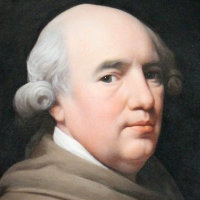 |
George Stubbs, 1724–1806. English painter.
Originally self-taught as a painter, Stubbs also pursued studies in anatomy, of humans and later on his own initiative of the horse, publishing an Anatomy of the Horse in 1776. While most of his paintings are portraits of horses commissioned by their owners, Stubbs also did some subjects such as the Lion Attacking a Horse of 1770 which are clearly in the spirit of early Romanticism.
|
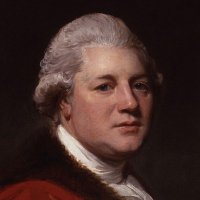 |
James Macpherson, 1736–96. Scottish poet.
Macpherson leapt to fame with the publication of the epic Fingal in 1761, supposedly the work of the Gaelic poet Ossian, discovered and translated by him. Other works by Ossian followed. Although this was later exposed as a massive forgery, the mythical world of Ossian sparked something in the early Romantic fantasy, bringing worldwide fame to his supposed discoverer.
|
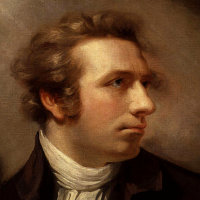 |
Henry Fuseli, 1741–1825. Swiss-English painter.
Born Heinrich Füssli in Zurich, he originally trained for the church, but spent most of his life in exile. He originally supported himself as a writer, but Sir Joshua Reynolds advised him to devote himself entirely to art and eventually sponsored his election to the Royal Academy. His works show a unique combination of psychological drama with neo-classical style.
|
 |
Alexander Nasmyth, 1758–1840. Scottish painter.
Nasmyth studied for two years in Italy, and the influence of classical artists like Claude can be seen even in his topographically accurate depictions of his native Scotland. But in the background of his standing portrait of his friend Robert Burns, he gave his Romantic side full play. He was also active as an architect, garden designer, and inventor.
|
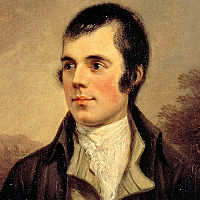 |
Robert Burns, 1759–96. Scottish poet.
Rabbie Burns is often regarded as the national poet of Scotland, where his birthday (1/25) is an occasion for the often-drunken singing of his many songs. He wrote mainly in a Scottish dialect, but it is mostly intelligible to non-Scots.
|
 |
William Wordsworth, 1770–1850. English poet, critic, and philosopher.
With the joint publication of the Lyrical Ballads with Coleridge in 1798, Wordsworth co-founded the English Romantic movement, and continued to dominate it for decades with poetry of his native Lake District and his doctrine of capturing experience direct from Nature for later use as "emotion recollected in tranquility."
|
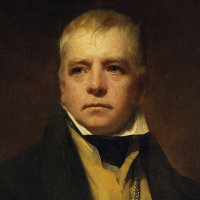 |
Sir Walter Scott, 1771–1832. Scottish poet and novelist.
Scott's historical novels, all set in his native Scotland, spoke to the Romantic spirit and were immensely popular throughout Europe, inspiring many adaptations such as Donizetti's Lucia di Lammermoor.
|
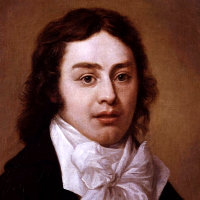 |
Samuel Taylor Coleridge, 1772–1834. English poet, critic, and philosopher.
With the joint publication of the Lyrical Ballads with Wordsworth in 1798, Coleridge co-founded the English Romantic movement. He went his own way in later years , however, exploring the more fantastic aspects of Romanticism with works like "The Rime of the Ancient Mariner" and "Kubla Khan." He became addicted to opium.
|
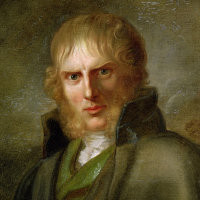 |
Caspar David Friedrich, 1774–1840. German painter.
The greatest German Romantic painter and a truly original visionary, he conceived images based on unconventional views of nature with strong, albeit enigmatic, moral implications.
|
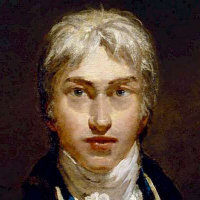 |
Joseph Mallord William Turner, 1775–1851. English painter.
Rivaled only by Constable, Turner was the dominant British landscape painter of the first half of the 19th century, he started his career with topographical views intended for engraving, and ended with works whose subjects were dissolved in veils of paint and light.
|
 |
John Constable, 1776–1837. English painter.
Even more than his contemporary Turner, Constable was the leading English landscape painter of the 19th century. Living in East Anglia, he was influenced by the Dutch landscapists painting very similar country. He made numerous outdoor sketches of clouds and trees, with free and brilliant handling of paint, but reverted to a more sober style in his paintings for exhibition.
|
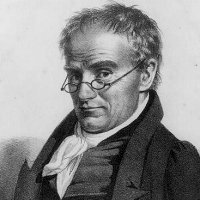 |
Anthony Philip Heinrich, 1781–1861. American composer.
Heinrich was born in Bohemia, but came to America as a young man to stay with an uncle in Boston. When his uncle became bankrupt, he traveled by foot and canoe through the wilderness into Kentucky, where he settled into a log cabin and began to compose "some of the most original, if not strange, program music of the nineteenth century" [Wikipedia].
|
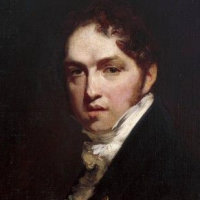 |
George Robert Lewis, 1782–1871. English painter.
Lewis worked in a variety of genres, but he is best known for his naturalistic lanscapes and closely-observed studies of country people.
|
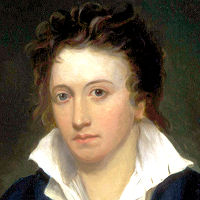 |
Percy Bysshe Shelley, 1792–1822. English poet.
With his friend Byron, Shelley was the outstanding English Romantic poet of the generation after Wordsworth and Coleridge. Politically engaged, and intellectually acute, he was an avowed atheist, a stance that got him expelled from Oxford, and kept him out of England for much of his short career. He drowned in a boating accident off Livorno at the age of 29. His second wife, Mary Godwin Shelley, was the author of Frankenstein.
|
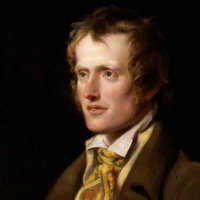 |
John Clare, 1793–1864. English poet.
The son of an agricultural laborer, Clare worked the land himself. Leaving school at age 12, he nonethless continued to read as much as he could and write about his experience of rural life. His first book of poems found their way to Keats' publisher; their publication in 1820 with a further volume in 1821 made him instantly famous, but he passed through alcoholism into madness and ended his life in a mental hospital.
|
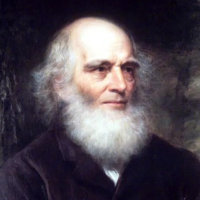 |
William Cullen Bryant, 1794–1878. American poet.
Born in a log cabin in Massachussetts, Bryant rose to become editor of the New York Evening Post and one of the most popular poets of his time. His style, though by no means innovative, was easy to understand, drawing many readers to his themes of the divine in nature and the continuity of life. He was a close friend of Thomas Cole.
|
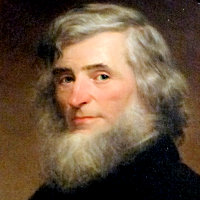 |
Asher Brown Durand, 1796–1886. American painter.
Durand began as an engraver, and his reproduction of John Trumbull's Declaration of Independence brought him fame, including commissions for US banknotes. Around 1830, he decided to devote himself to painting, readily finding a place among the artists of the Hudson River School, although his engraving background still shows in his precise rather than painterly treatment of detail.
|
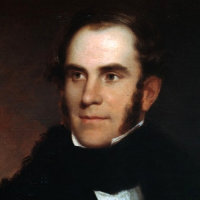 |
Thomas Cole, 1801–48. American painter, born in England.
A founder of the Hudson River School. Towards the end of his career, he turned to grand historical and allegorical themes, of which The Course of Empire was one.
|
 |
Ralph Waldo Emerson, 1803–82. American philosopher.
The leader of the Transcendentalist movement, Emerson made his mark through speeches, essays, and poetry. He began as an ordained Unitarian pastor, but left the church to develop his belief of the immanence of God in Nature and Mankind.
|
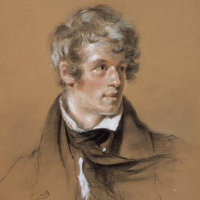 |
Horatio McCulloch, 1805–67. Scottish painter.
Born in Glasgow, McCulloch's artistic career took off slowly, but by 1838 he had obtained inlfuential patrons, been elected to the Royal Scottish Academy, and moved to Edinburgh. His preferred subjects were the West of Scotland and Highlands, which he depicted in an increasingly vigorous style with strong effects of light and color.
|
 |
Samuel Palmer, 1805–81. English landscape painter and etcher.
A precocious artist, who exhibited at the Royal Academy at only 14, he nonetheless went his own way with a mystical and strongly religious approach to landscape, clearly influenced by William Blake, whom he met as a young man.
|
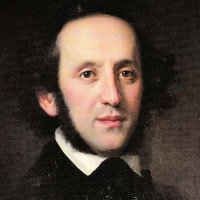 |
Felix Mendelssohn Bartholdy, 1809–47. German composer.
A major figure in the Romantic movement and a precocious talent, he wrote many of his best-known works (such as the Midsummer Night's Dream overture) while still in his teens. By virtue of his ten separate residencies in England or Scotland, and the works he premiered there, he almost qualifies as a virtual British composer.
|
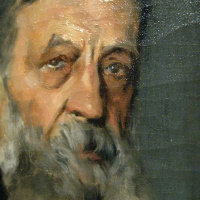 |
William Henry Fry, 1813–64. American composer.
"Fry was the first known person born in the United States to write for a large symphony orchestra, and the first to compose a publicly performed opera.[1] He was also the first music critic for a major American newspaper, and he was the first known person to insist that his fellow countrymen support American-made music." [Wikipedia]
|
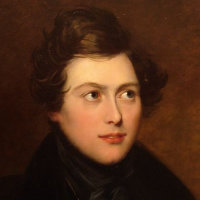 |
William Sterndale Bennett, 1816–75. English composer.
As a young pianist at the Royal Academy of Music, Bennett's compositions attracted the attention of Felix Mendelssohn, who took him to Germany and introduced him to Schumann; he spent three years in Leipzig before returning to London where his compositions (though Germanic in manner) attracted much attention. He remained an important figure in British musical life, his pupils including Hubert Parry and Arthur Sullivan.
|
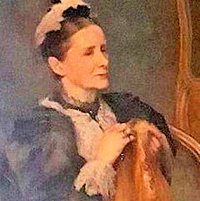 |
Cecil Frances Alexander, 1818–95. English poet.
Born of an English family in Dublin, she began writing religious poetry in her teens, and in time became celebrated for her hymns, including "All things bright and beautiful," "Once in royal David's city" and "There is a green hil far away." She married an Anglican clergyman who became Bishop of Londonderry and Archbishop of Armagh, both in Northern Ireland.
|
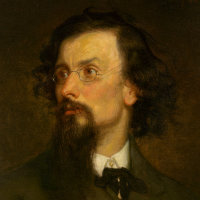 |
George Inness, 1825–94. American painter.
Inness was a transitional figure in 19th-century American landscape. Beginning as a second-generation Hudson River School artist, he then went to France to study with the painters of the Barbizon School. His style back home developed from their example, through Tonalism, to something very close to Impressionism, but all in his own personal terms.
|
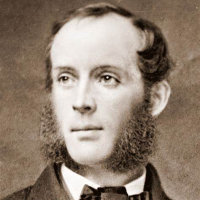 |
Frederic Edwin Church, 1826–1900. American painter.
A pupil of Thomas Cole, Church was (with Bierstadt) the outstanding landscapist of the second generation of the Hudson River School. He was attracted to highly dramatic subjects, such as his Niagara, which made him famous, and traveled to the Andes and Middle East in search of them.
|
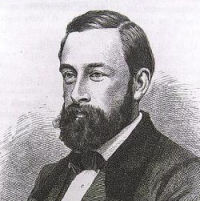 |
Albert Bierstadt, 1830–1902. American landscape painter.
Born in Germany, but living mainly in New York. Although a member of the Hudson River School, he became the painter par excellence of the American expansion to the Rockies and beyond.
|
 |
Gustave Doré, 1832–83. French printmaker.
The most celebrated illustrator of the mid-19th century, his fame rests on the romanticism and drama of his treatment of subjects ranging from the Bible to Dante's Inferno and Coleridge's Ancient Mariner.
|
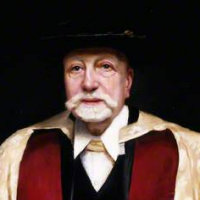 |
Alexander Campbell Mackenzie, 1847–1935. Scottish composer.
A violinist, Mackenzie trained in Germany and began his career in orchestras there. He later enrolled at the Royal Academy of Music in London—he would eventually become its Principal—and began composing while continuing to play the violin as a living. Many of his works have a Scottish theme, including three Scottish Rhapsodies (1880, 1881, and 1911) for orchestra.
|
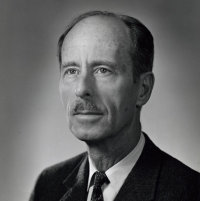 |
Thomas Canning, 1911–81. American composer.
An alumnus of the Eastman School and later a professor there, Canning had a distinguished career as a composition teacher. His own works include collaborations with Robert Frost and William Carlos Williams and the much recorded Fantasy on a Hymn Tune by Justin Morgan, written in response to Vaughan Williams' Tallis Fantasia.
|












































































